6063 aluminum sheet plate for ship building
When it comes to modern shipbuilding, selecting the right materials is a balancing act between durability, weight, corrosion resistance, and cost-efficiency. Among the professed champions of marine-grade materials stands the 6063 aluminum sheet plate—an often underappreciated alloy that perfectly embodies a maritime synergy of technical prowess and practical application.
Why 6063 Aluminum Sheet Plate Matters in Shipbuilding
6063 aluminum alloy is primarily known for its excellent corrosion resistance and good mechanical properties, tailored for complex shaping processes. Unlike traditional shipbuilding metals like steel, 6063 aluminum reveals its strengths most spectacularly when integrated into vessel components that demand both high performance and adaptability with less weight.
Working with 6063 aluminum sheet plate in shipbuilding presents a unique set of challenges compared to other applications. Its excellent weldability, crucial for large-scale shipbuilding projects, is a major advantage. However, its relatively lower strength compared to alloys like 5083 necessitates careful consideration of structural design. We've found that optimizing plate thickness and employing efficient joining techniques, like pulsed gas metal arc welding (GMAW), are paramount to achieving the required structural integrity while minimizing weight. Furthermore, the susceptibility of 6063 to pitting corrosion in marine environments demands meticulous surface preparation and the application of appropriate coatings. Ignoring these factors can lead to premature degradation and compromised vessel lifespan, leading to costly repairs or even catastrophic failure.
Beyond the technical aspects, cost-effectiveness is a constant concern. While 6063 offers a good balance of weldability and machinability, its price point can be a factor in large-scale projects. We've seen instances where careful material selection strategies, including the utilization of thicker plates in high-stress areas and thinner plates in less demanding sections, can significantly reduce material costs without compromising structural safety. Careful project planning, considering fabrication methods and waste minimization, is also crucial for maximizing economic efficiency. This includes leveraging pre-cut plates and optimizing nesting during the cutting process to reduce material waste. Ultimately, the successful implementation of 6063 in shipbuilding relies on a holistic approach encompassing material selection,
Technical Unpacking: Beyond Commonalities
To appreciate why 6063 aluminum sheet plate has become a trusted choice on decks, hulls, and specialized ship parts, one must look beyond mere composition. While commonly cited for its 97.9% aluminum base with minor occurances of magnesium (0.45-0.9%) and silicon (0.2-0.6%) — providing an improved tensile strength range averaging around 110-150 MPa — it's the structural finesse that truly differentiates this alloy.
Its medium-strength characteristics give it formability and weldability superior to many other aluminums, especially within marine fabrication environments. This manifests into better resistance against stress fractures from continuous wave impacts and ship vibrations. Additionally, its ability to partake in extrusion or milling makes bespoke designs feasible without undergoing costly or labor-intensive forging processes.
Functionality in Strategic Marine Zones
The unique blend of corrosion resistance - owed to the protective oxide film spontaneously formed when exposed to seawater - alongside a lower density (around 2.7 g/cm³), lends the alloy perfect suitability for multiple shipbuilding functions:
Hull Cladding: The rigid yet lighter 6063 plates help in designing trim hull segments, resistant against salt spray or continuous damp conditions.
Superstructures: With lighter superstructures proved to enhance ship stability, 6063 plates help naval architects lower the center of gravity, better balancing cargo ships or passenger vessels.
Deck Fittings and Panels: Quick molding means faster turnarounds and uniform flatness in load-bearing decking can be achieved without heavier steel inducing excess baseline weight.
Fabricated Fixtures and Seating Zones: Flush mounting designs tailored through customized millwork and cutting further reduce hydrodynamic drag, facilitating efficiency upgrades in tactical vessels.
6063 aluminum is not only performance-worthy; it doubles as an eco-conscious answer underpinning futuristic maritime engineering initiatives. Aluminum's recyclability rate mirrors technological circular economic passports launched by many maritime regulatory bodies, forming a synergy where reduced emissions, lighter crafts, and recyclable hull facilitate green-from-frame endeavors without compromising operational integrity.
Related Products
Marine heavy duty aluminum plate
Marine Heavy Duty Aluminum Plates Sheets generally refer to thick aluminum alloy plates and heavy gauge sheets produced from marine-grade alloys such as 5083, 5086, 5059, and 5383.
View DetailsMarine 5083 aluminum plate
Marine 5083 Aluminum Plate belongs to the 5xxx series of aluminum-magnesium alloys and is classified as a non-heat-treatable alloy. Its high magnesium content (typically 4.0–4.9%) enhances its corrosion resistance, especially against seawater-related degradation such as pitting and stress corrosion cracking.
View DetailsMarine 5383 aluminum plate
The 5383 aluminum alloy belongs to the 5xxx series of aluminum-magnesium alloys known for remarkable resistance to marine corrosion and high strength.
View DetailsMarine 5059 aluminum plate
Marine 5059 Aluminum Plate is distinguished by its high magnesium content and carefully balanced alloying elements, designed to maximize strength without compromising corrosion resistance.
View DetailsMarine 5052 aluminum plate
Marine 5052 Aluminum Plate is noted for its exceptional resistance to corrosion caused by seawater, salt spray, and marine atmospheres.
View DetailsMarine 5086 aluminum plate
5086 Aluminum Plate belongs to the 5xxx series of aluminum-magnesium alloys. Its hallmark is a high magnesium content—generally between 4.0% and 4.9%—which delivers enhanced corrosion resistance, particularly against saltwater and marine atmospheric conditions.
View DetailsRelated Blog
6063 aluminum sheet plate for ship building
When it comes to modern shipbuilding, selecting the right materials is a balancing act between durability, weight, corrosion resistance, and cost-efficiency.
View Details

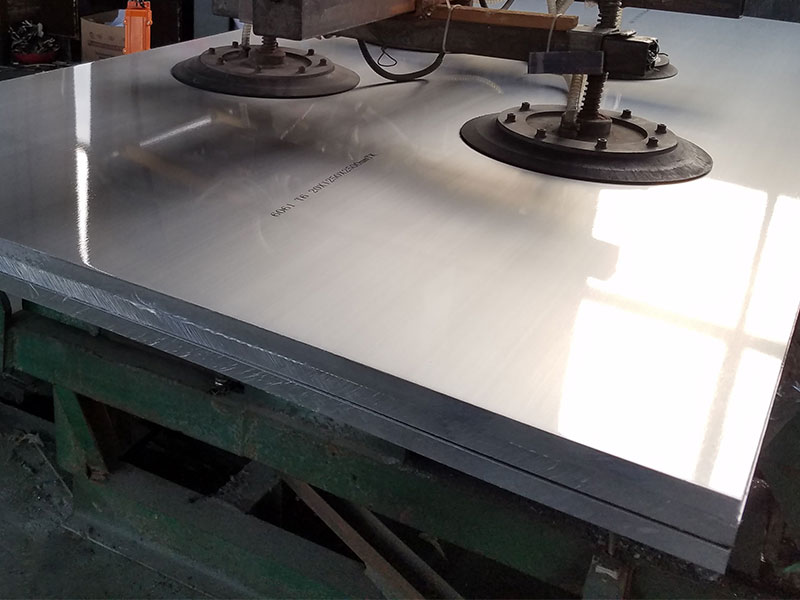
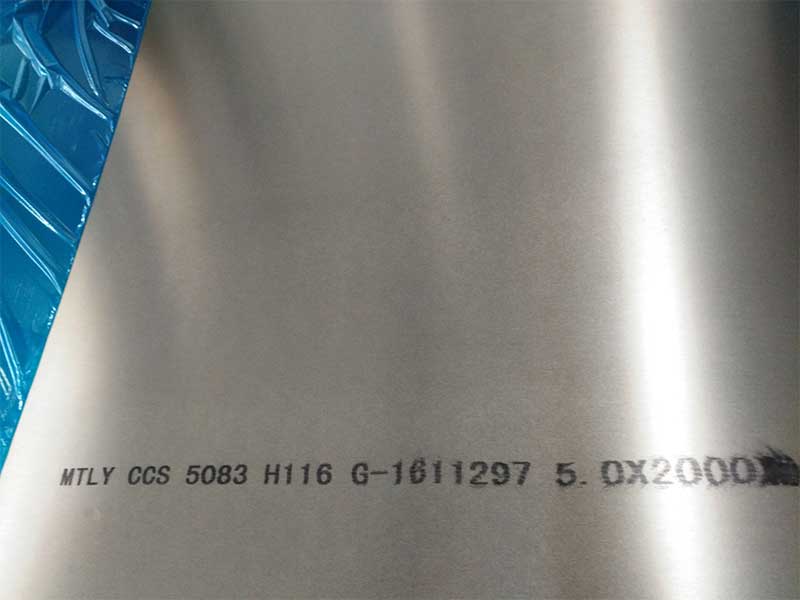

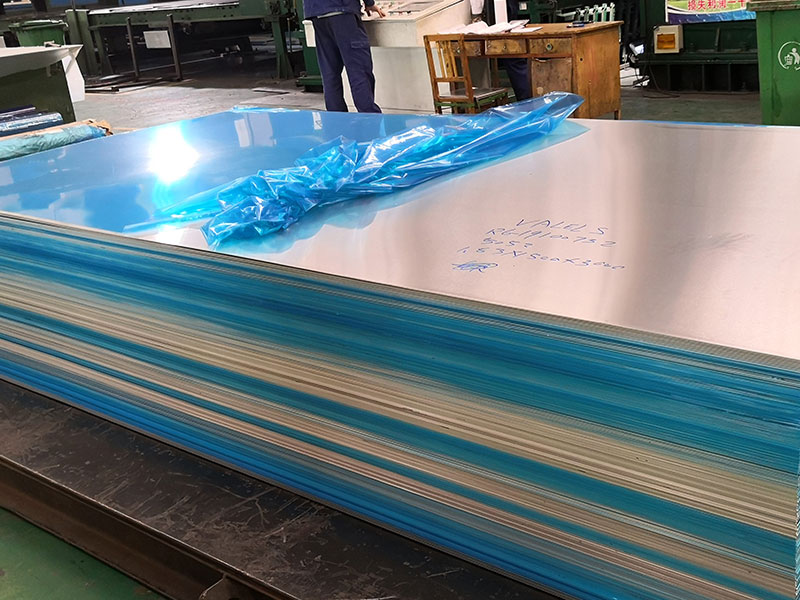
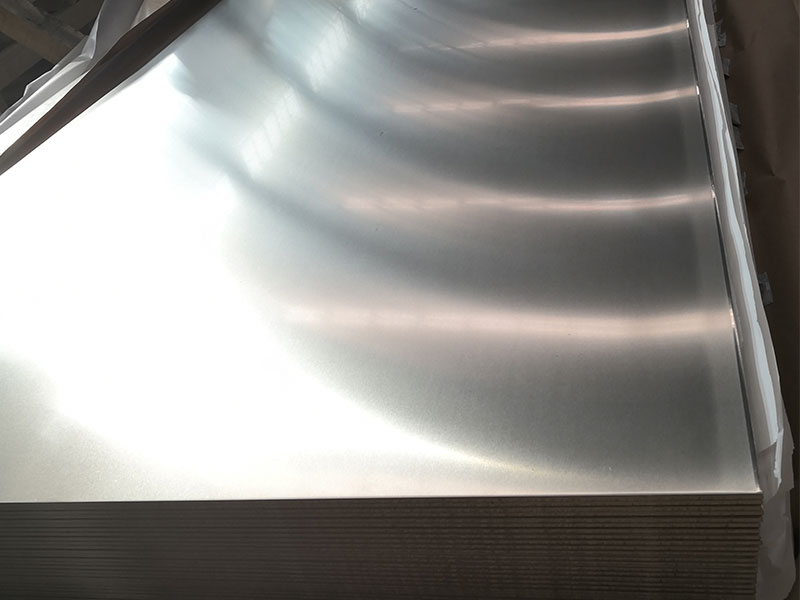


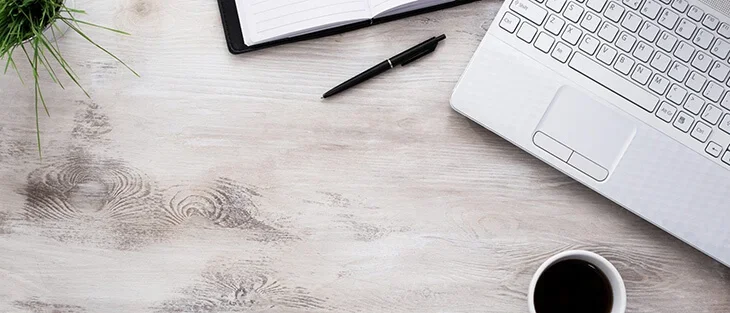
Leave a Message